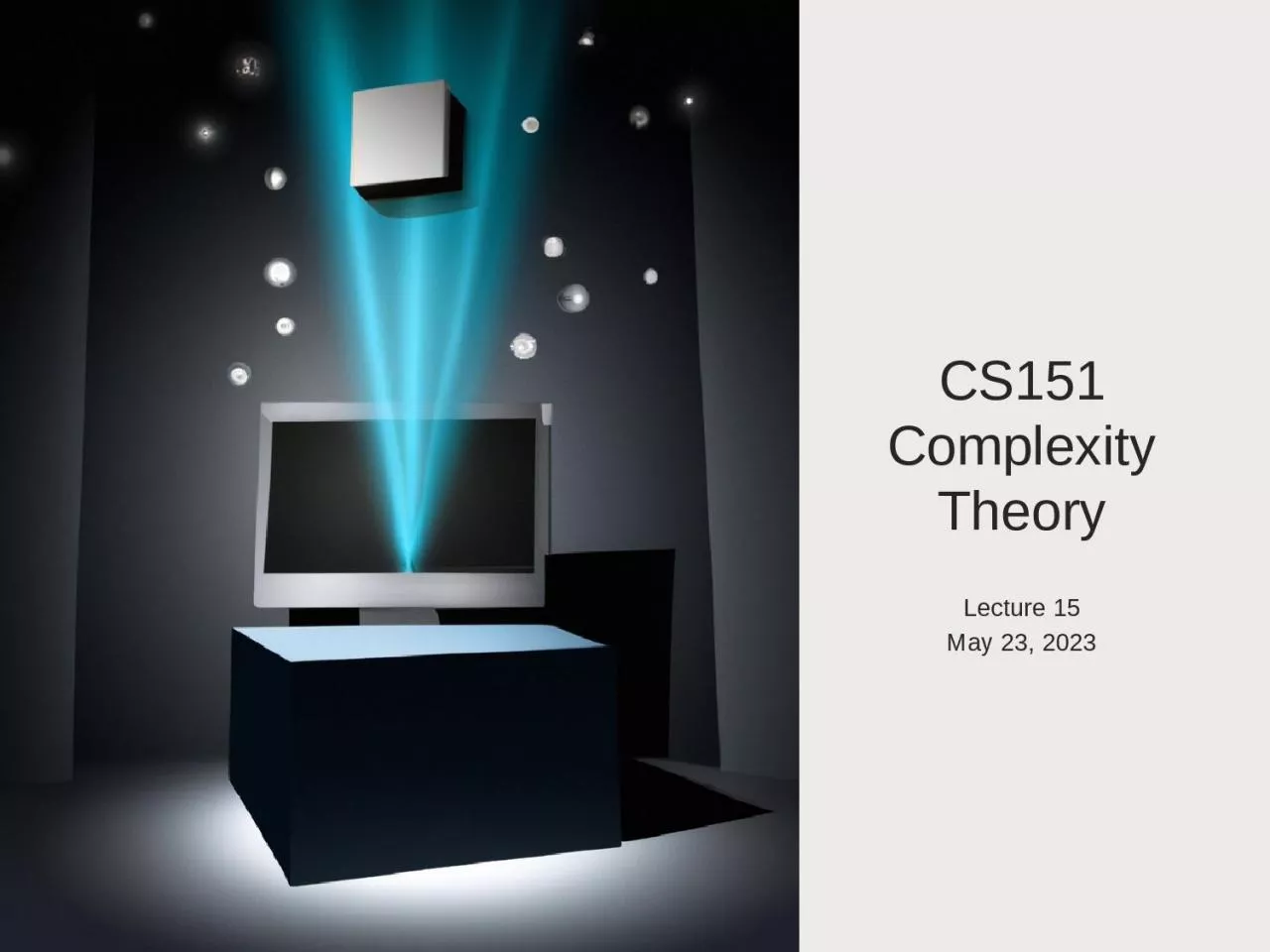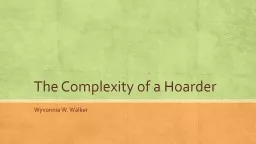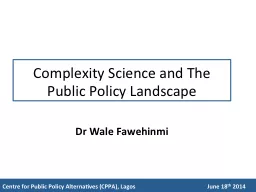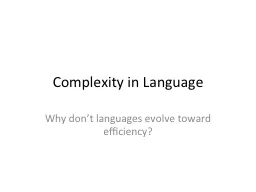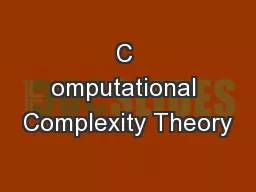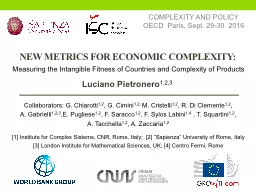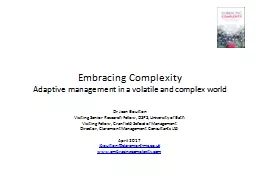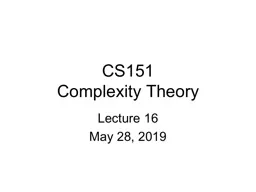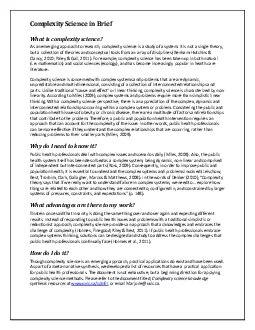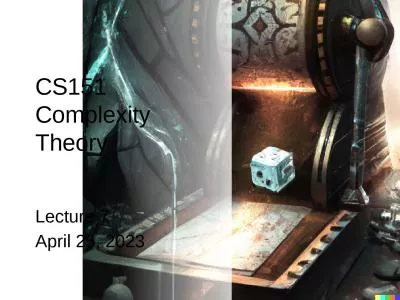PPT-CS151 Complexity Theory Lecture 15
Author : oconnor | Published Date : 2024-02-03
May 23 2023 May 23 2023 ArthurMerlin Games Delimiting of rounds AMk ArthurMerlin game with k rounds Arthur verifier goes first MAk ArthurMerlin game with k
Presentation Embed Code
Download Presentation
Download Presentation The PPT/PDF document "CS151 Complexity Theory Lecture 15" is the property of its rightful owner. Permission is granted to download and print the materials on this website for personal, non-commercial use only, and to display it on your personal computer provided you do not modify the materials and that you retain all copyright notices contained in the materials. By downloading content from our website, you accept the terms of this agreement.
CS151 Complexity Theory Lecture 15: Transcript
Download Rules Of Document
"CS151 Complexity Theory Lecture 15"The content belongs to its owner. You may download and print it for personal use, without modification, and keep all copyright notices. By downloading, you agree to these terms.
Related Documents

